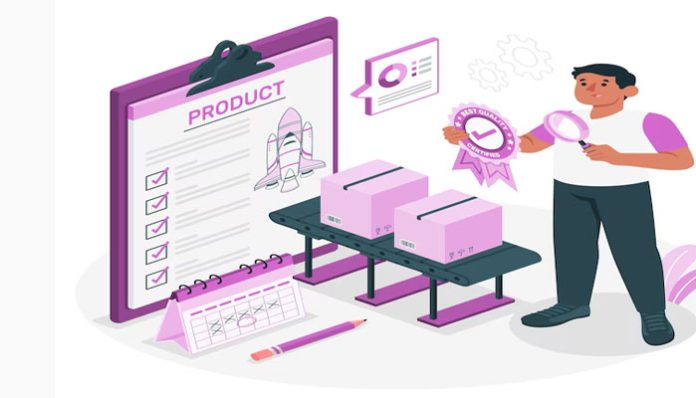Solutions that offer flexibility and adaptability are increasingly sought after by businesses. Composable commerce emerges as a modern approach, enabling companies to build and customize their e-commerce platforms with unparalleled precision and agility. This innovative strategy allows for the integration of best-of-breed components, providing a dynamic and responsive framework tailored to meet specific business needs.
Defining Composable Commerce
Composable commerce is a strategy that enables businesses to create tailored e-commerce solutions by selecting and integrating best-of-breed components. Unlike traditional monolithic e-commerce platforms, which are often rigid and difficult to modify, composable commerce leverages a modular architecture. This composable commerce framework allows businesses to choose specific functionalities that best meet their needs, providing a more dynamic and responsive approach to online retail.
Composable Commerce vs. Headless CMS
While both composable commerce and headless CMS have gained traction as flexible solutions in the digital space, they serve different purposes. A headless CMS, which stands for content management system, has been a rising trend in digital content management for several years. It separates the content repository (back end) from the presentation layer (front end), allowing for greater flexibility in delivering content across various channels. This shift from traditional CMS to headless CMS was driven by the need to manage digital content more efficiently, especially as the digital content landscape became more complex.
Composable commerce, on the other hand, focuses specifically on e-commerce functionalities. It allows businesses to integrate various e-commerce components, such as payment gateways, inventory management, and customer service tools, into a cohesive system. While a headless CMS is primarily concerned with content delivery, composable commerce is about creating a customizable and scalable e-commerce platform. Both approaches offer modularity and flexibility, but they cater to different aspects of digital business operations.
Key Benefits of Composable Commerce
Flexibility and Customization:
One of the primary advantages of composable commerce is its flexibility. Businesses can tailor their e-commerce solutions to meet specific needs and customer demands, ensuring a personalized shopping experience. This level of customization is made possible by the composable architecture, which allows for the seamless integration of various components.
Scalability:
Composable commerce offers the ability to scale components independently, allowing businesses to grow and adapt efficiently. This means that as customer demands change or new technologies emerge, companies can easily update or expand their e-commerce capabilities without overhauling the entire system.
Innovation and Agility:
The composable commerce framework empowers businesses to innovate rapidly and respond quickly to market changes. By enabling the integration of cutting-edge technologies and features, companies can stay ahead of the competition and continuously enhance their customer experiences.
Real-World Applications
Many businesses have successfully implemented composable commerce to enhance their operations and customer experiences. For instance, companies in the fashion industry have used composable commerce to create highly personalized shopping experiences, while tech retailers have leveraged it to integrate advanced AI-driven recommendation engines.
Enhancing Business Management
Integrating composable commerce with pest control business software can significantly enhance its functionality and adaptability, providing numerous benefits to these companies. This approach allows for tailored solutions by integrating best-of-breed components that cater to the unique needs of pest control operations, such as specialized tools for inventory management, customer relationship management, and scheduling. The flexibility of composable commerce enables businesses to adapt to changing needs without overhauling their entire system, facilitating continuous improvement and innovation. Composable commerce ensures scalability, allowing the software to grow with the business while maintaining consistent performance. Improving user experience through intuitive interfaces and real-time data integration, pest control companies can make informed decisions, optimize workflows, and enhance customer service.
Steps to Implement Composable Commerce
Transitioning to a composable commerce model involves several key steps. First, businesses should assess their current e-commerce needs and identify areas for improvement. Next, selecting the right components and partners is crucial for a successful implementation. Companies should look for solutions that align with their goals and offer robust support for integration and customization.
Conclusion
Adopting composable commerce offers significant advantages, including flexibility, scalability, and the ability to innovate rapidly. As the e-commerce landscape continues to evolve, businesses that embrace composable commerce will be better positioned to meet customer expectations and drive growth. By exploring this strategy, companies can future-proof their e-commerce operations and maintain a competitive edge in the digital marketplace.
